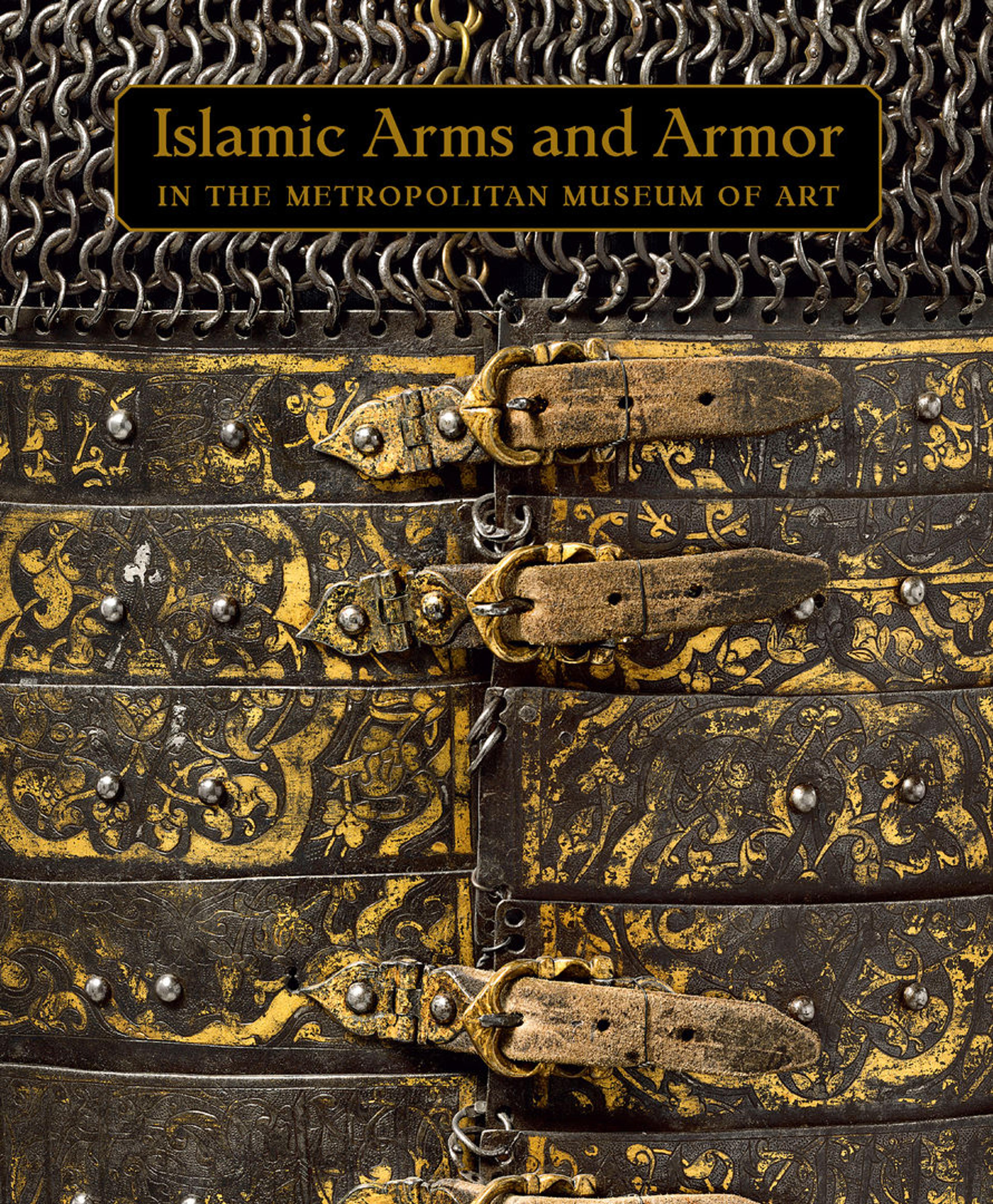Dagger with Hilt of Leafy Plants
Often tucked into a sash or horseman’s boot, daggers in Mughal India displayed the wealth and power of their owners. The white jade hilt of this dagger is carved with flowers arranged in a formal pattern. A long serrated leaf runs the length of the hilt, following its curve; this curved shape, called a pistol grip, originated in the Deccan and first appeared in Mughal paintings during the reign of Shah Jahan, around the time in which this dagger was made.
Artwork Details
- Title:Dagger with Hilt of Leafy Plants
- Date:ca. 1640
- Geography:Attributed to India
- Medium:Hilt: Nephrite
Blade: Watered steel - Dimensions:Max length with handle: 14 3/8 in. (36.5 cm)
Length of the Handle: 4 13/16 in. (12.2 cm)
Length of the Blade: 9 11/16 in. (24.6 cm)
Width of bottom of the handle: 2 in. (5.1 cm) - Classification:Arms and Armor
- Credit Line:Purchase, Mr. and Mrs. Nathaniel Spear Jr. Gift, 1982
- Object Number:1982.321
- Curatorial Department: Islamic Art
More Artwork
Research Resources
The Met provides unparalleled resources for research and welcomes an international community of students and scholars. The Met's Open Access API is where creators and researchers can connect to the The Met collection. Open Access data and public domain images are available for unrestricted commercial and noncommercial use without permission or fee.
To request images under copyright and other restrictions, please use this Image Request form.
Feedback
We continue to research and examine historical and cultural context for objects in The Met collection. If you have comments or questions about this object record, please contact us using the form below. The Museum looks forward to receiving your comments.
